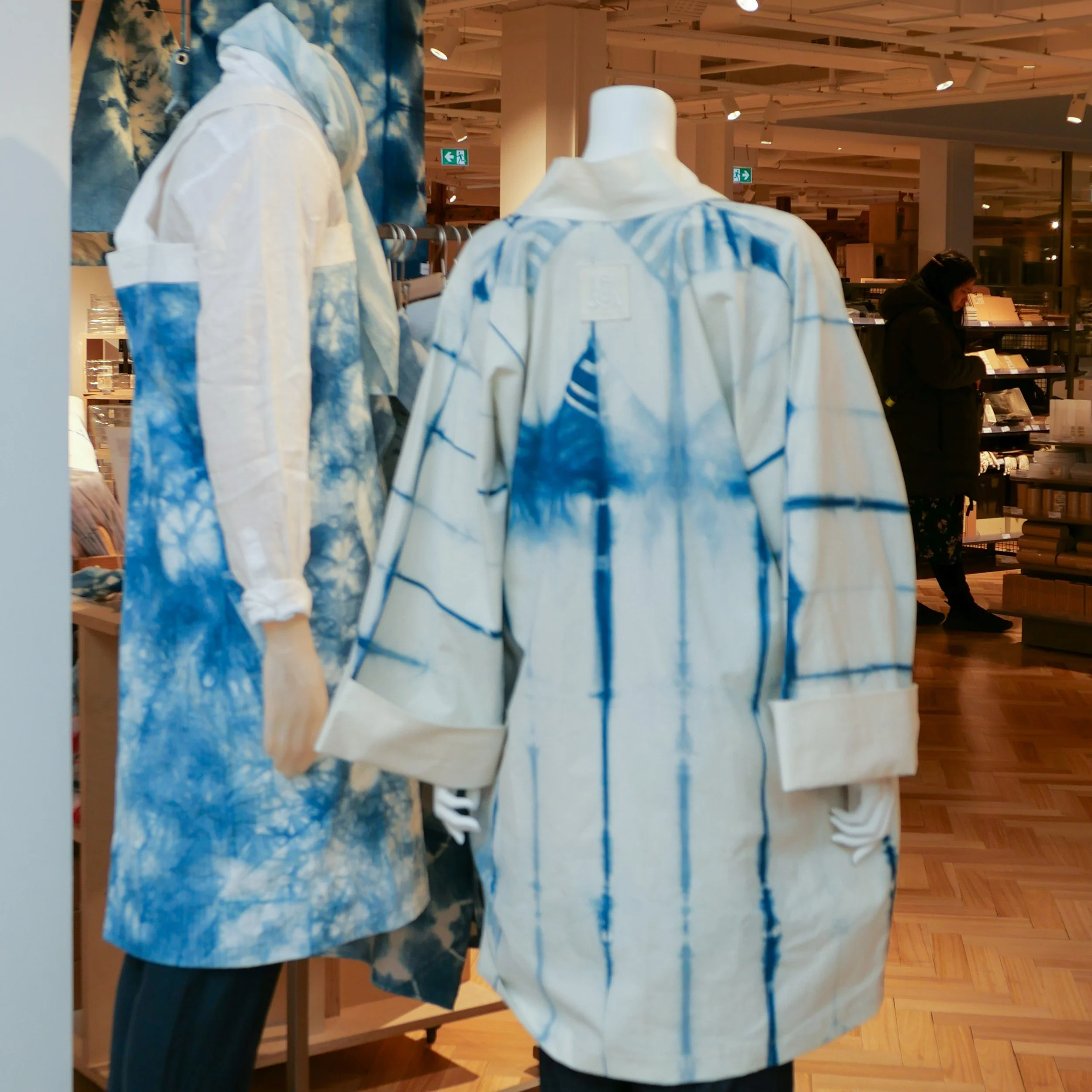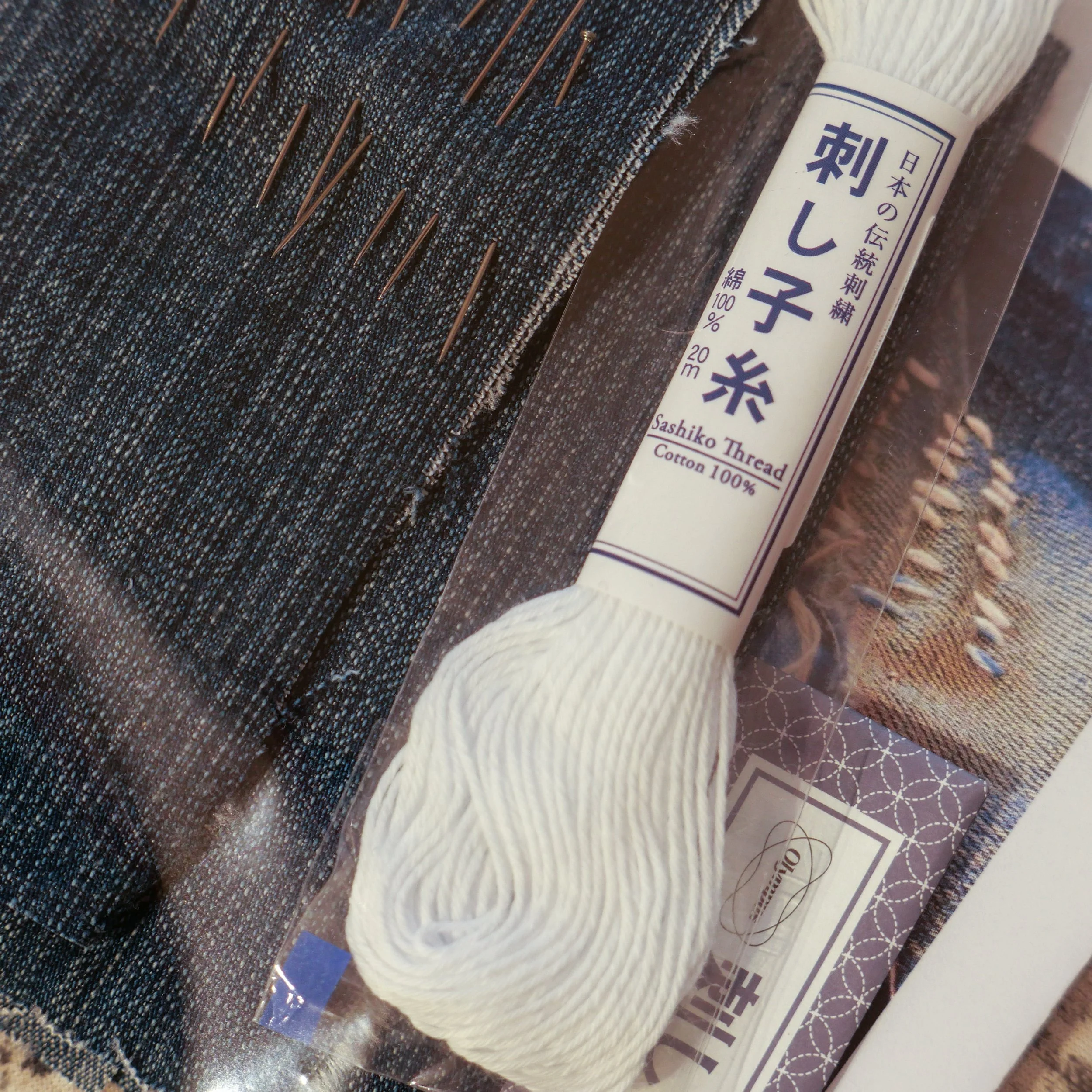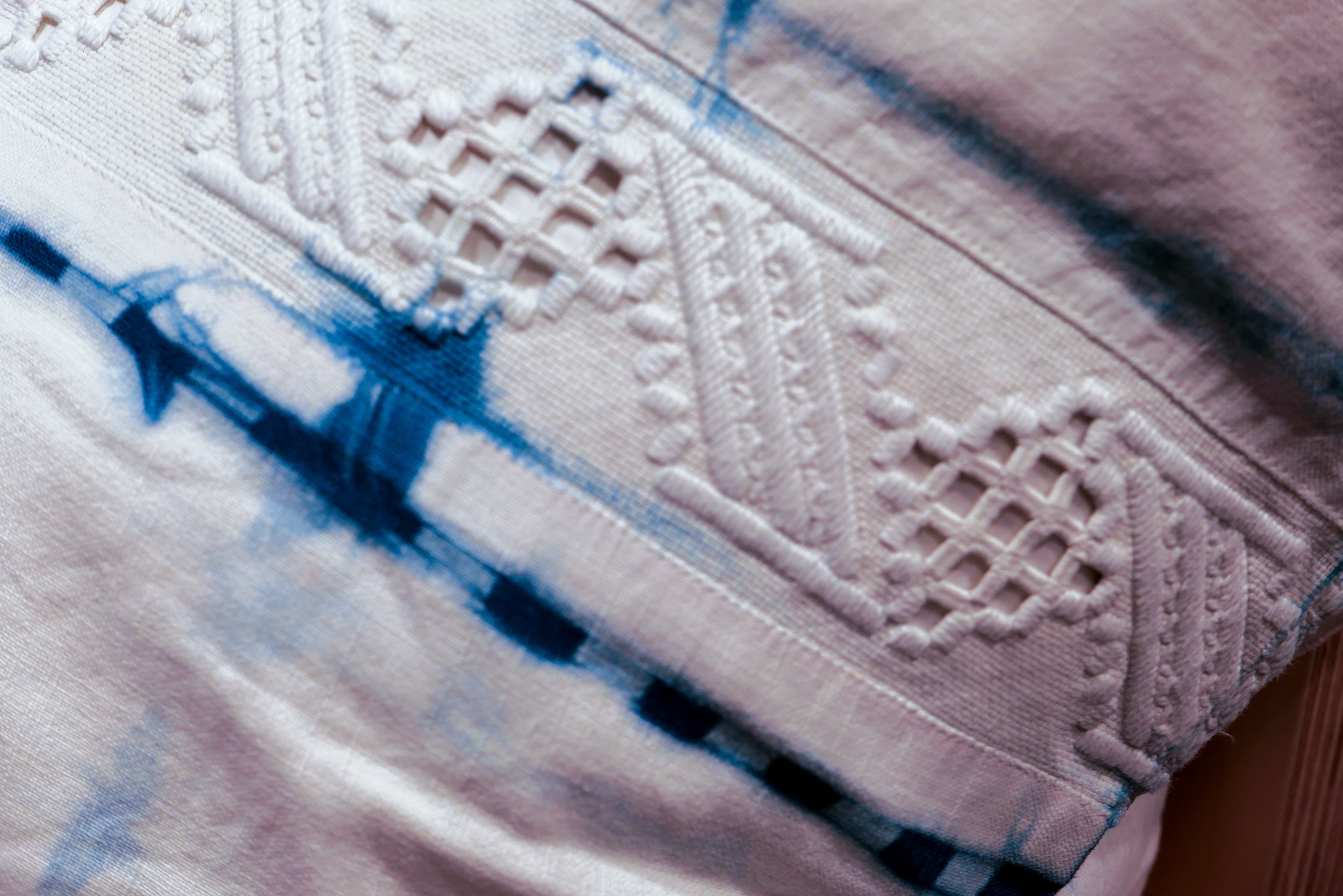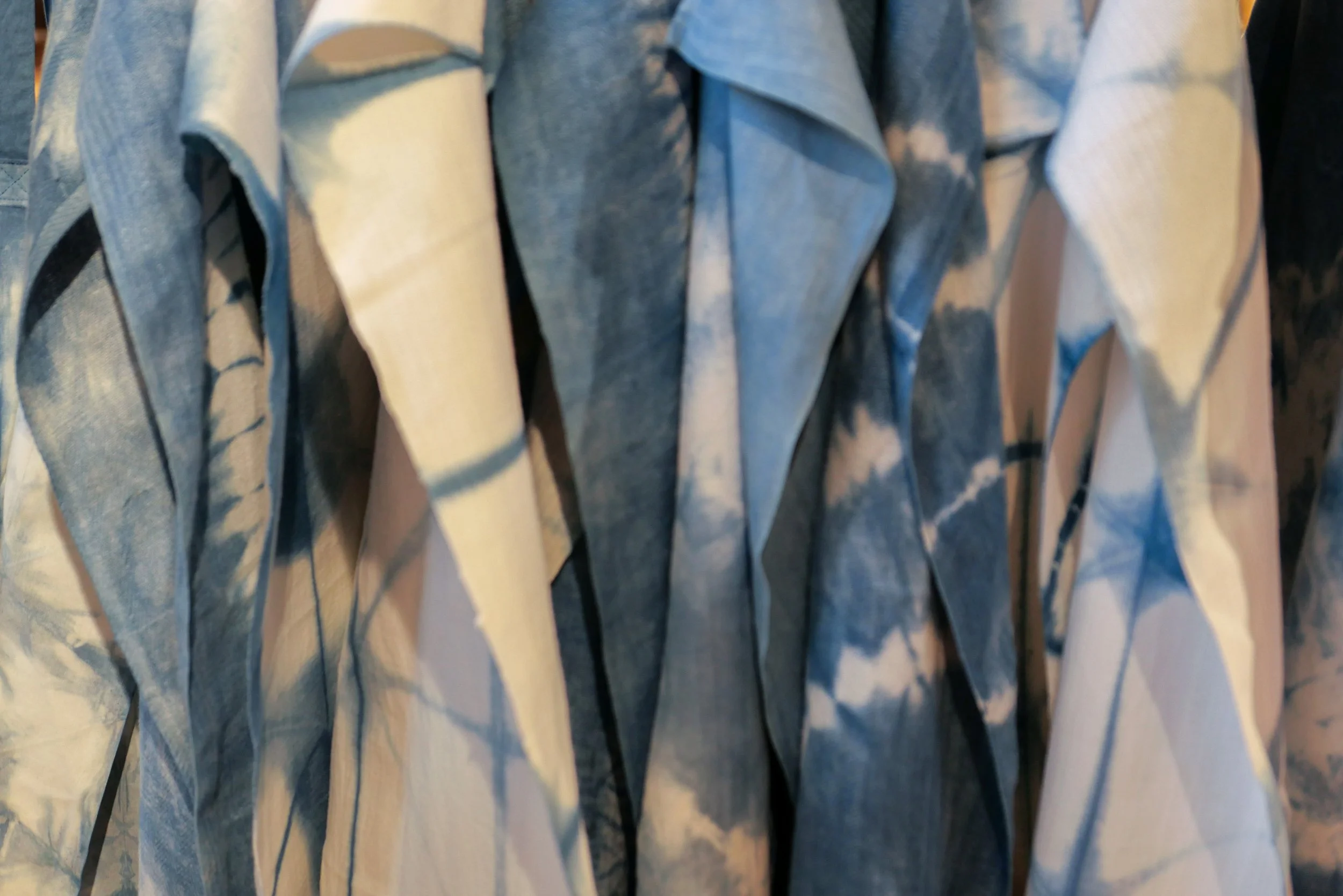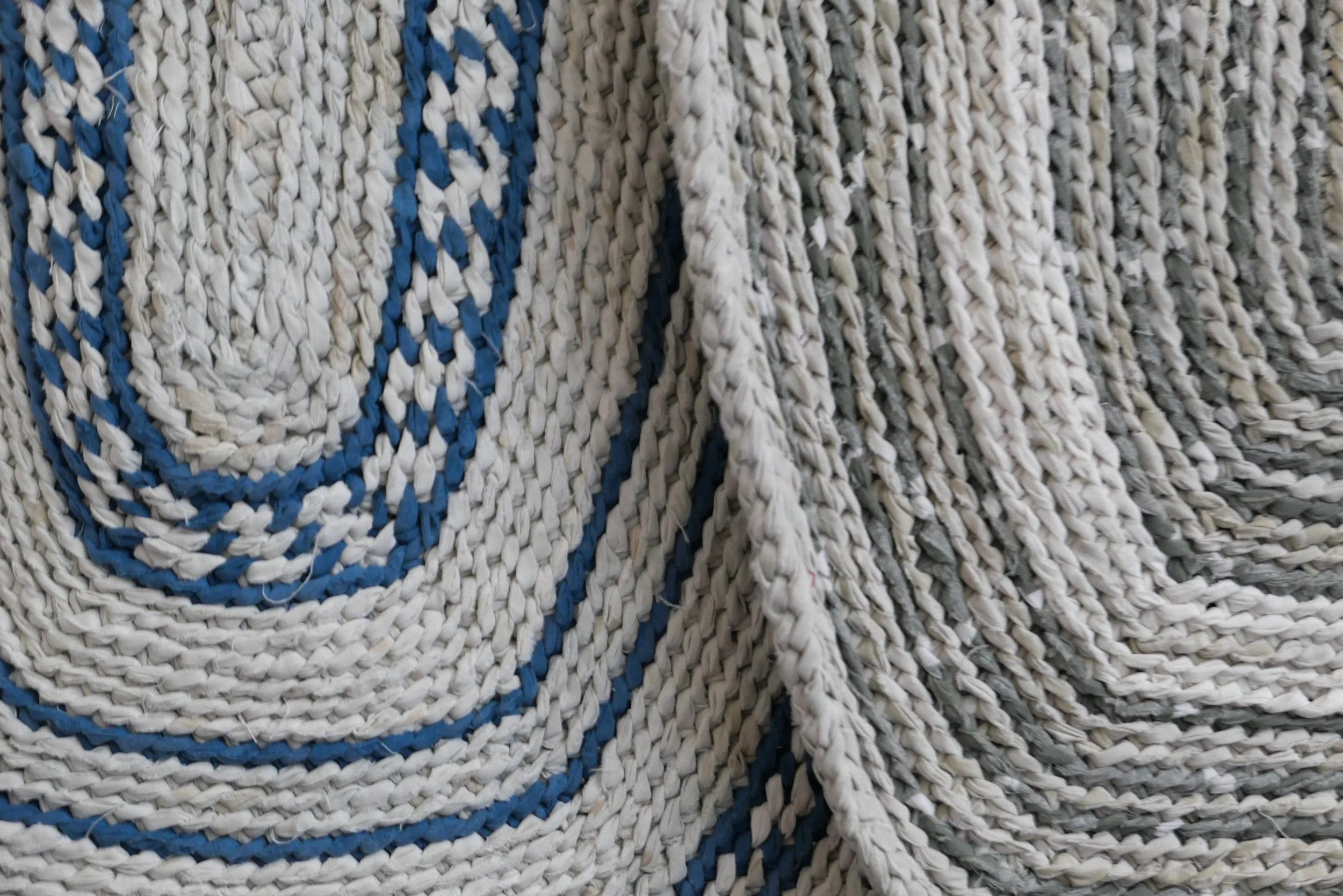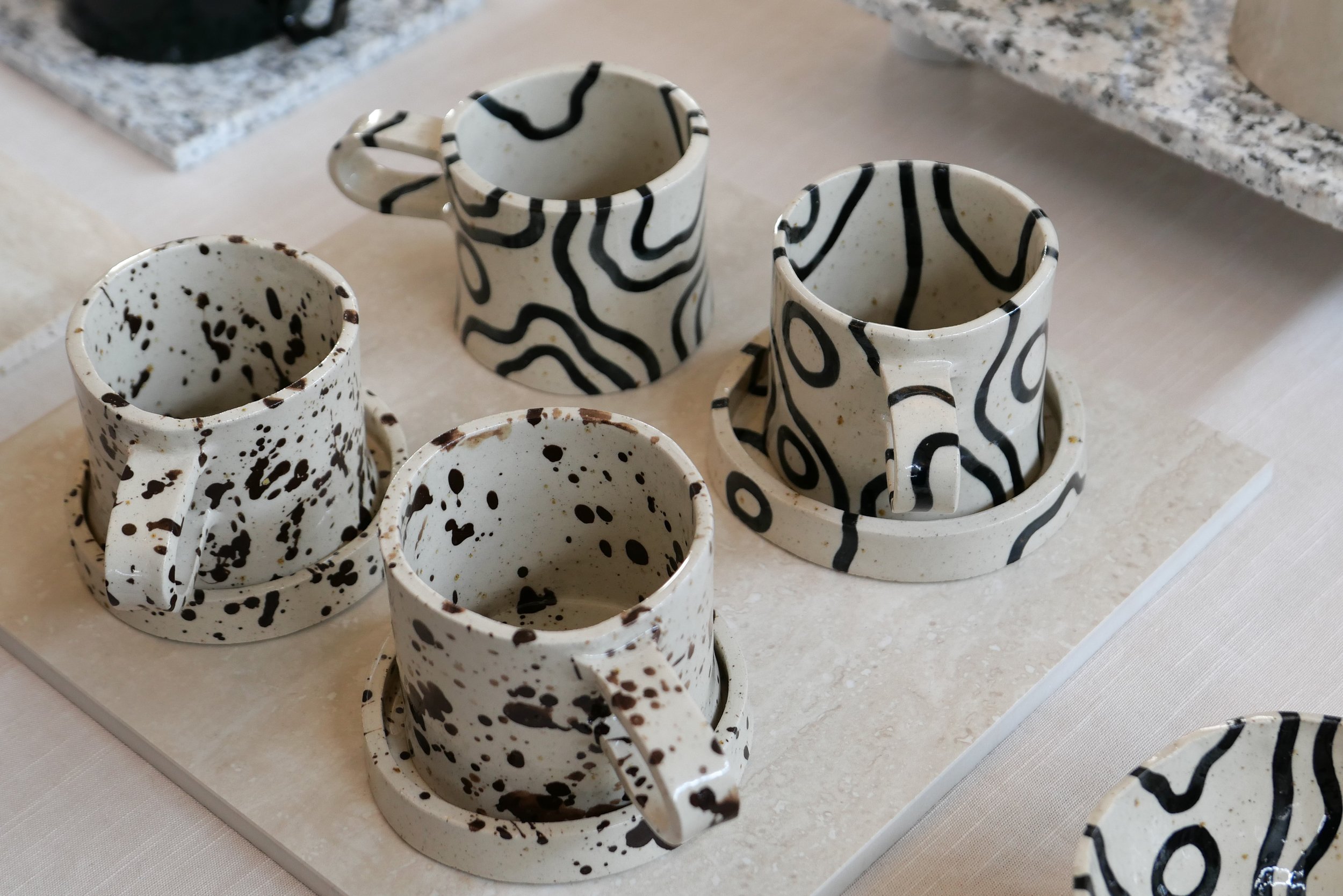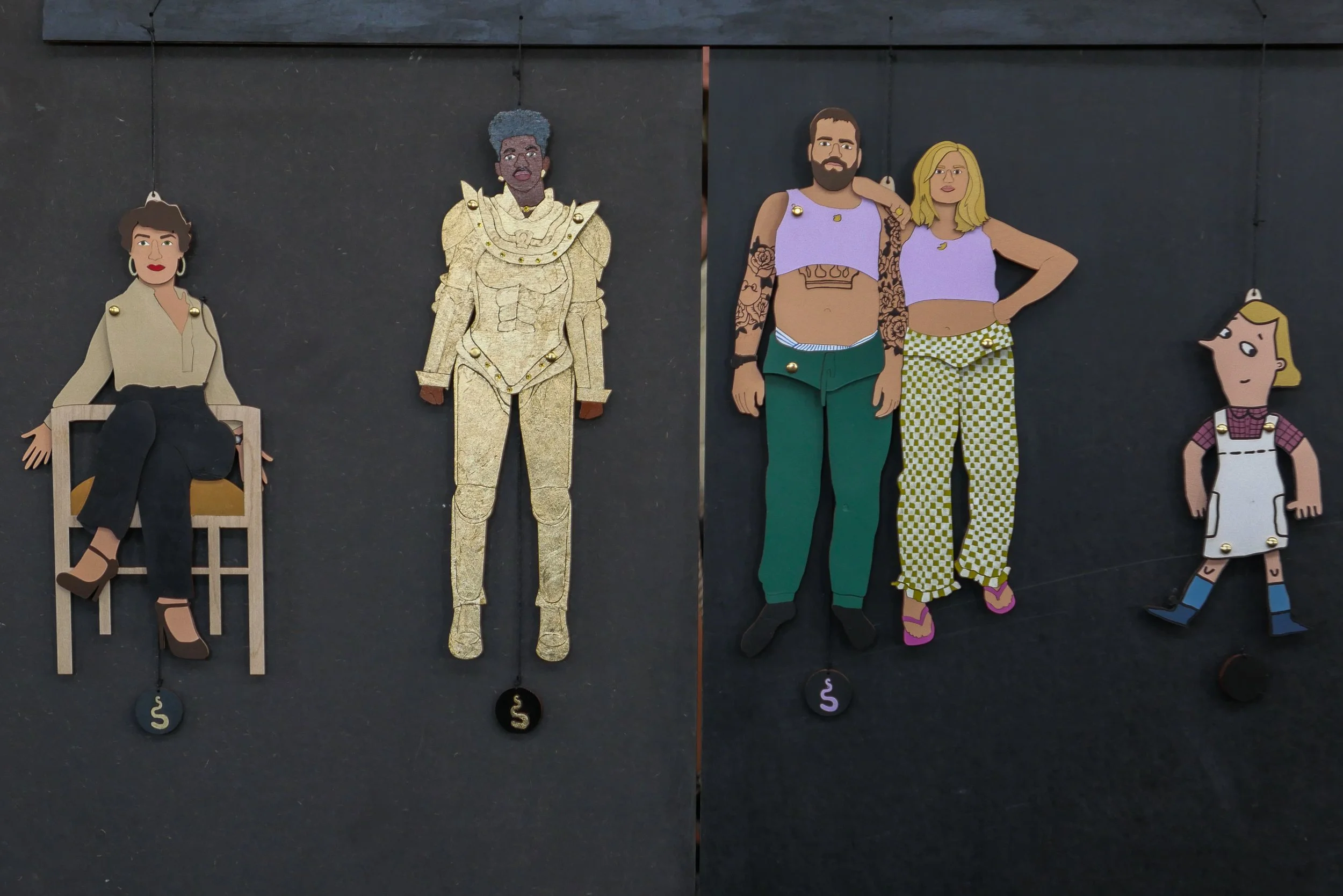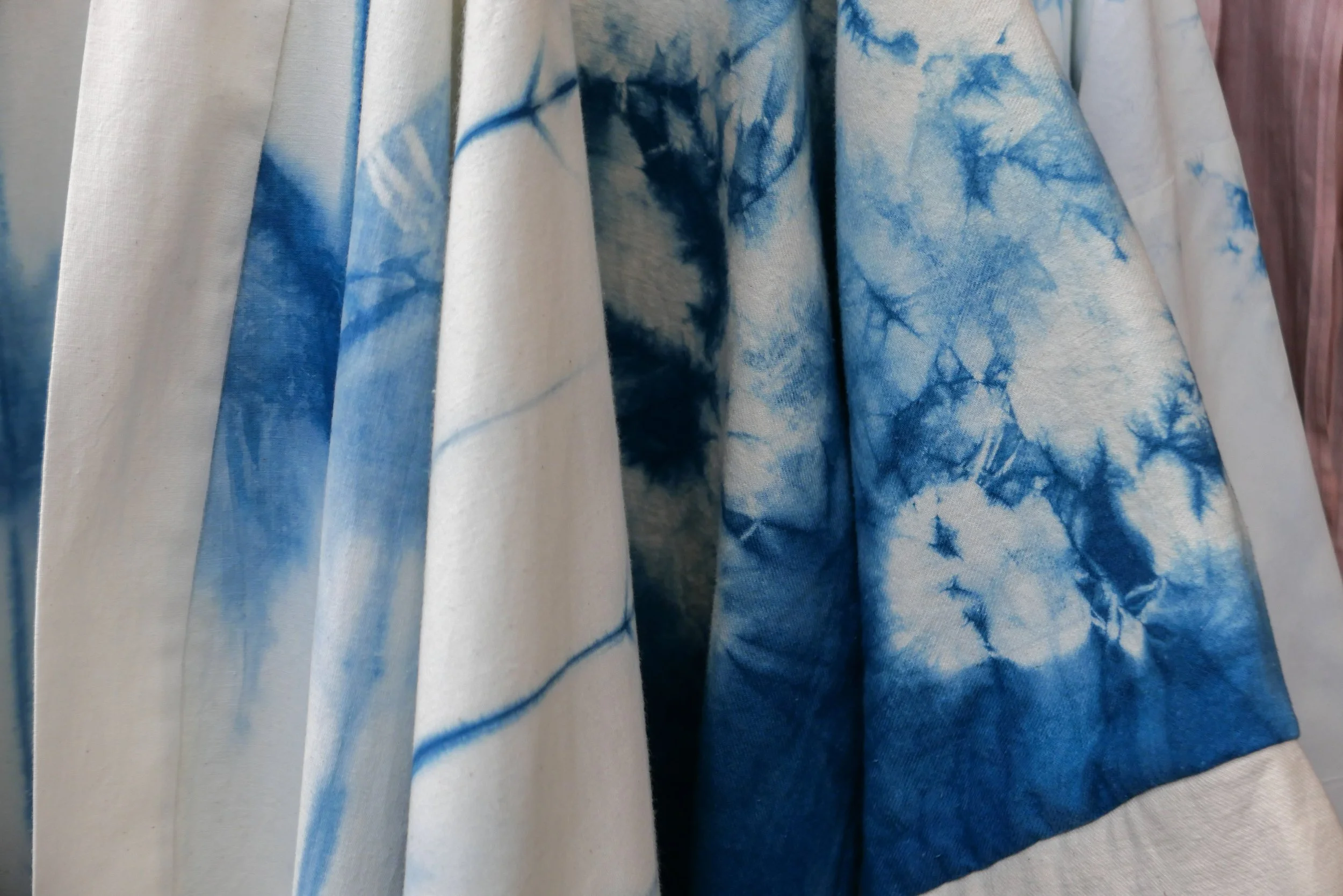Thea Dam Søby at Muji
/Until Sunday 10th April, Thea Dam Søby is showing her textiles and demonstrating sewing and repair techniques at the Danish flagship store of MUJI on the 4th floor of the Illum department store in Østergade in Copenhagen. Given how much she has been inspired by Japanese techniques for working with textiles it has been an appropriate venue.
Many of the works shown - both clothing and high-quality household textiles - have been given a second life by using various techniques of tie dye and resist die and by beautiful repairs that become part of the story of the piece.
Thea has demonstrated some of the sewing and patching methods for classes held in the store and for that work she sells amazing Japanese needles - the best in the world - and kits with sewing needles and thread.
We talked about this for some time. My mother and both my grandmothers sewed and knitted. They made curtains - not out of necessity but to get exactly what they wanted - and both grandmothers repaired and darned. All three - my mother and both grandmothers - had drawers or boxes or large bags full of thread and offcuts of material and buttons and patches. Anything and everything was kept in case it could be useful because that was what most women of their age did.
Now, Thea cannot assume that women who come to her classes have needles at home or even a grasp of basic skills.
On Thea's Instagram site there are photographs of a re-dyed white-denim jacket she produced for a fashion journalist ... and I then realised that I had completely forgotten that there was a period when people wore white or faded denim .... jacket, trousers and shirts ... the whole works.
I'm not convinced that I could get away with wearing one of Thea's kimono-style jackets but the household textiles are amazing. The strong colours - mostly deep blue but also some mauve - are striking and where they are applied to antique linens the textures and the patterns of the weaving are incredible and they have a feel and a quality that is rarely matched by modern textiles.



